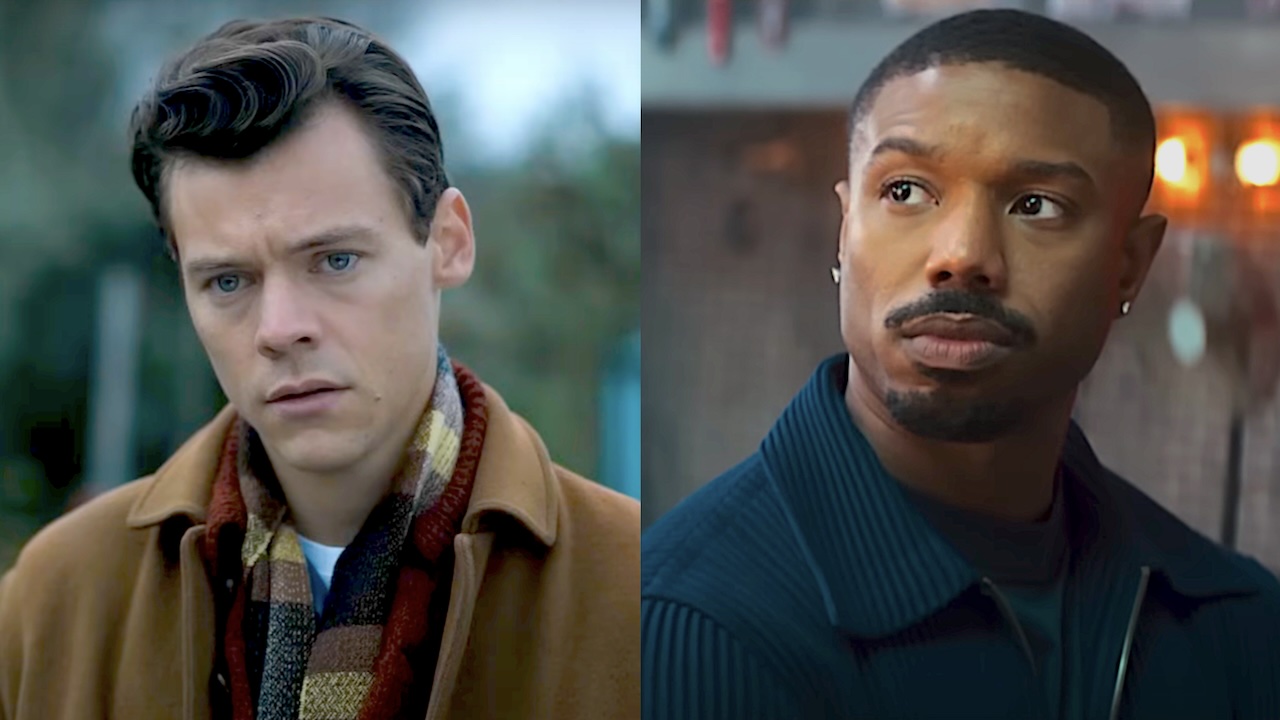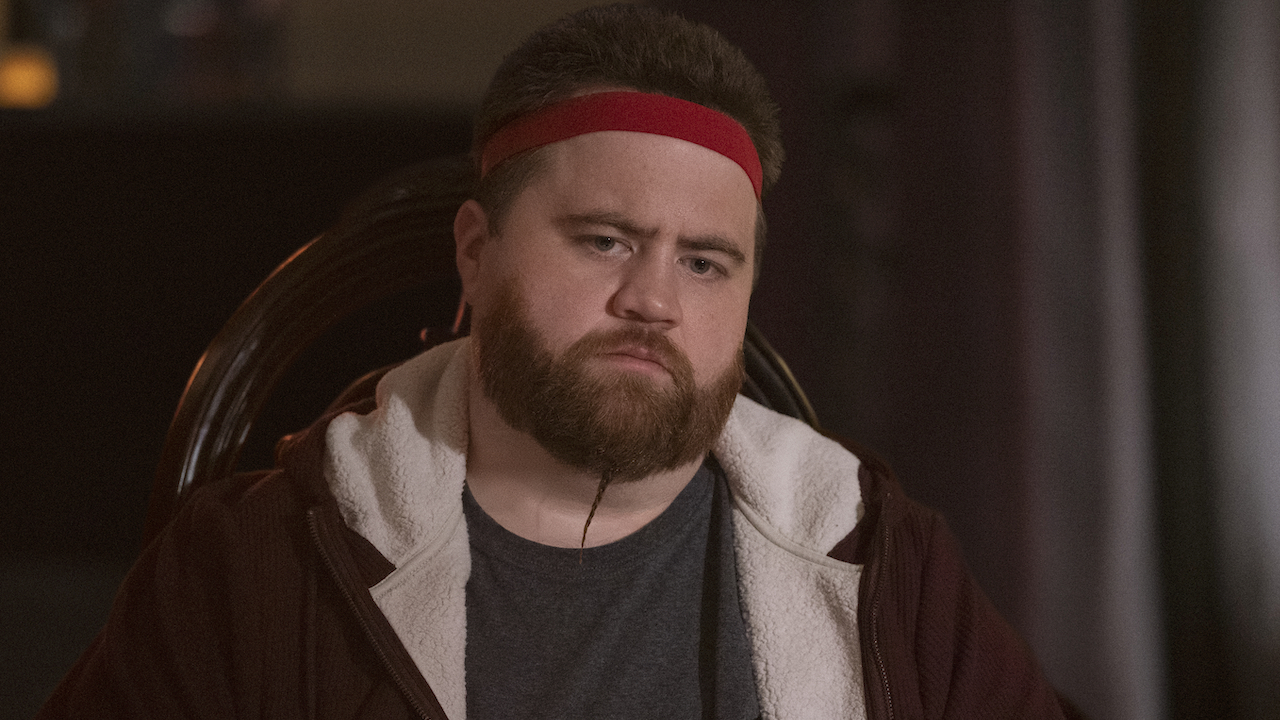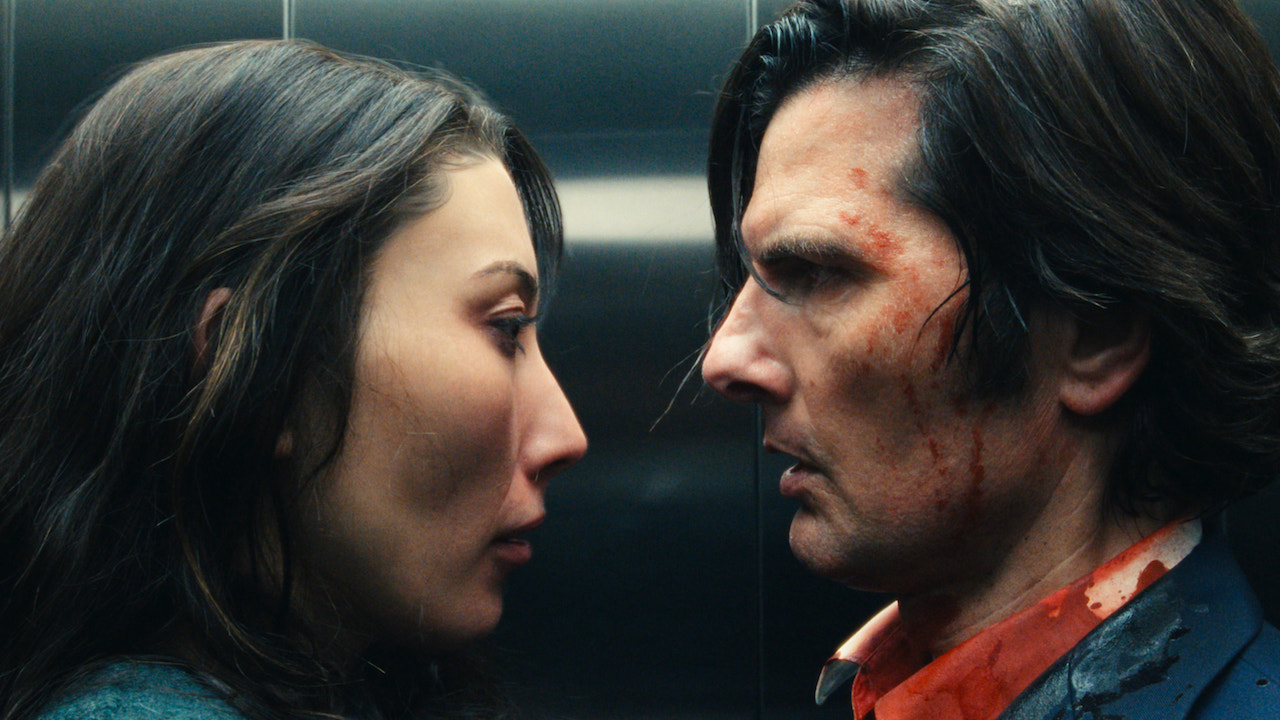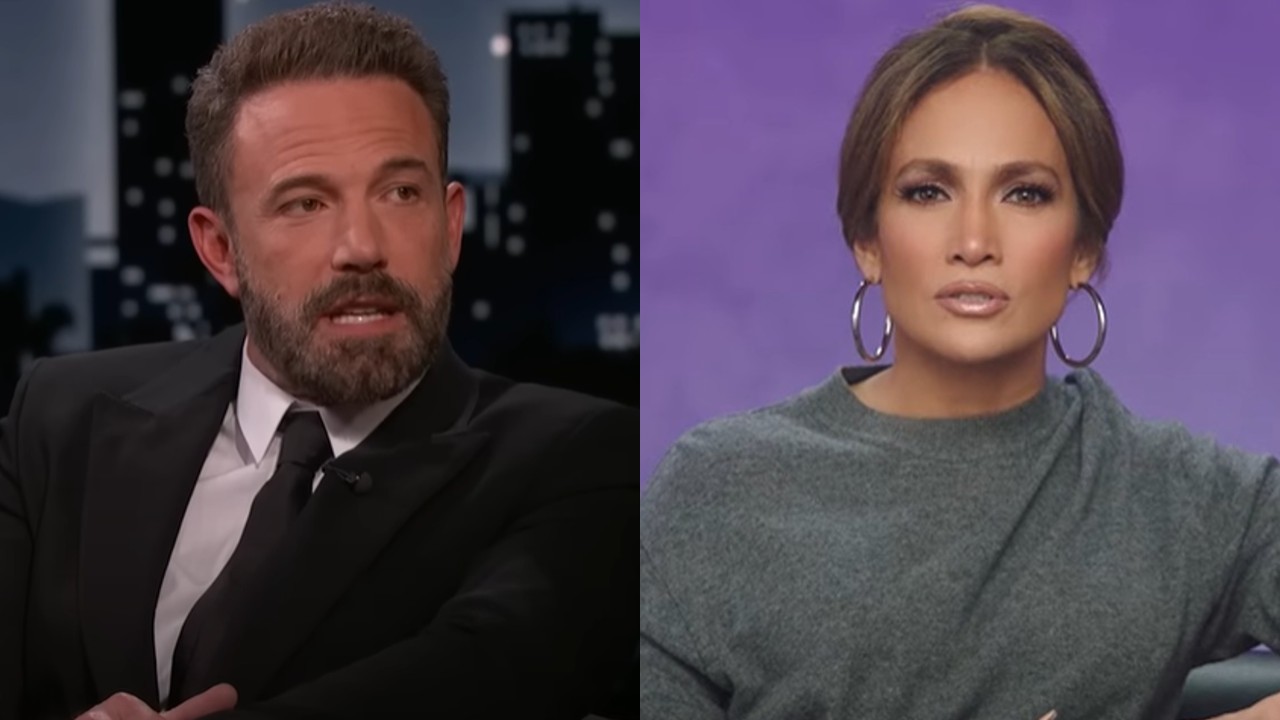Suspiria Ending Explained: What Does This Mean For Susie?
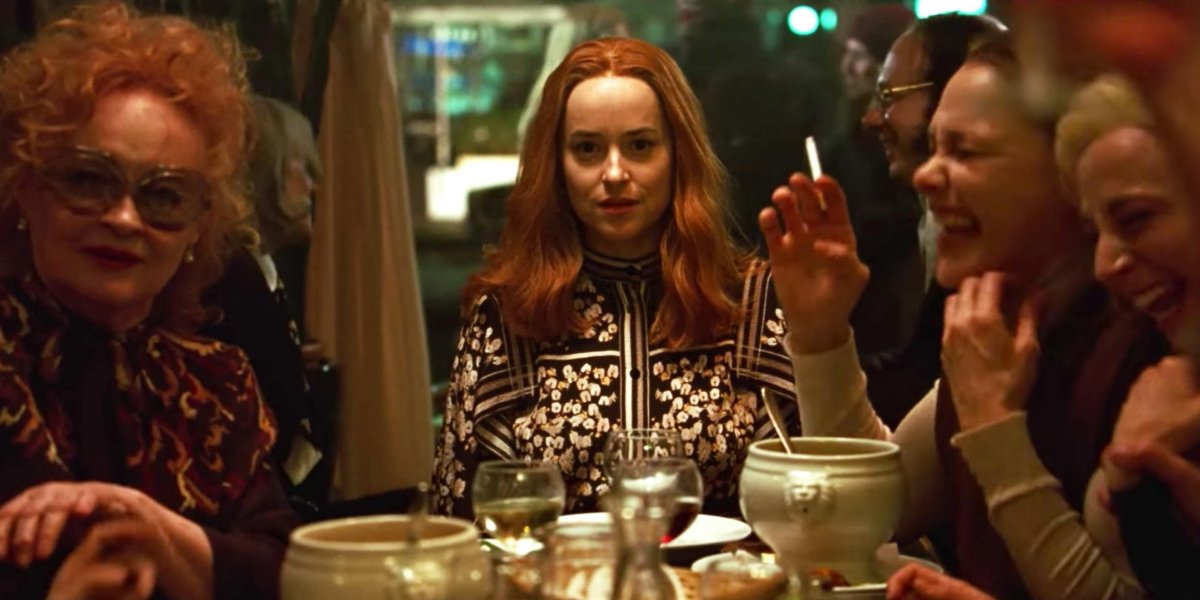
SPOILER WARNING: The following article contains spoilers for Suspiria (Both the 2018 remake and 1977 original). If you have not yet seen either version, come back after you've changed that or proceed at your own risk!
There are straight forward horror movies with endings that are easy to figure out from the opening credits, but then there are movies like Luca Guadagnino's 2018 remake of Dario Argento's 1977 art-horror classic, Suspiria. This moody, intricate, and gloriously glory story of an elite dance academy, its newest student, and the witch coven who controls things behind the curtain isn't just one of the most satisfying additions to the body horror genre in years, it also has one of the most gratifying, if not hard to understand, endings in quite some time.
With that being said, there may be some out there who have been scratching their heads trying to figure out what happened to Dakota Johnson's Susanna "Susie" Bannion, Tilda Swinton's Madame Blanc (and another mystery character), and the rest of the dancers, instructors, and power-hungry witches introduced throughout the film's two-and-a-half-hour runtime since it came out nearly two years ago. Well, you're in the right place if you fall into that camp as I will break down Suspiria's controversial ending and what it means for the newest student at the Markos Dance Academy.
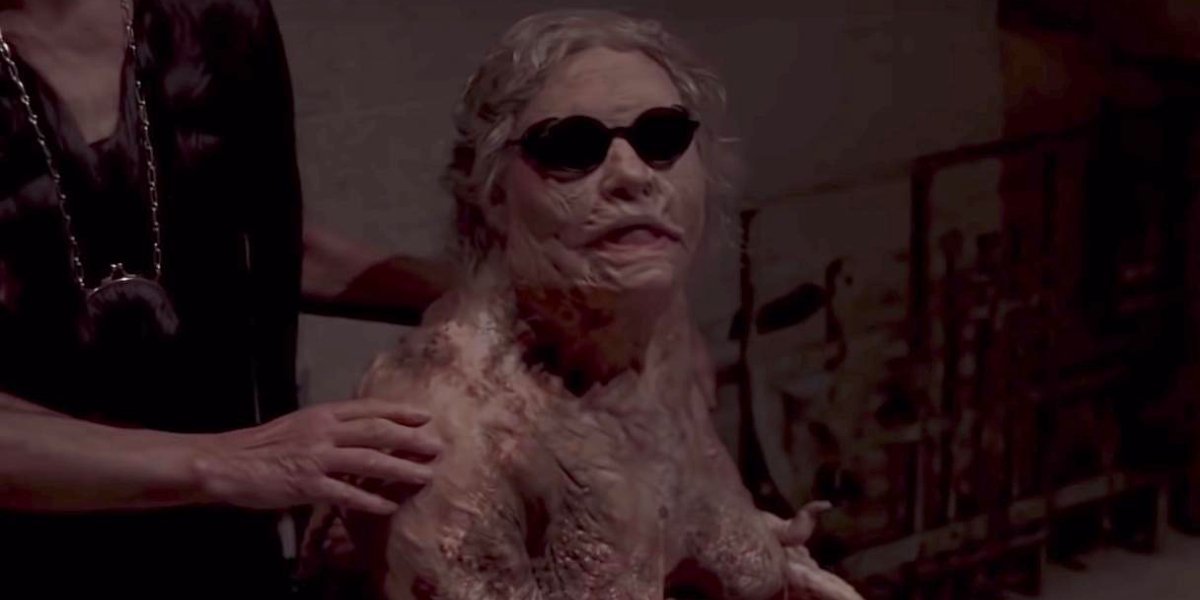
What Happened At The End Of Suspiria?
Unlike most movies that have the standard three-act structure, Suspiria unfolds over the course of six acts (seven including the epilogue), and spends a great deal of time leading up to the explosive and shocking ending chapter showing the downfall of the coven's matrons with the arrival of the all-powerful Mother Suspiriorum. Throughout the previous five chapters, the coven is in the midst of a power struggle between Mother Helena Markos and Madame Blanc (both played by Tilda Swinton) to decide who will lead the group of witches, and the dance academy, in the years to come. Once the witches vote in favor of Markos standing as the ruler of the coven, it is decided that she will take over Susie's body during the final witches' sabbath.
Mother Markos and the other matrons plan to sacrifice three of the academy's dancers as an offering to the trio of witches known as the Three Mothers (Mother Tenebrarum, Mother Lachrymarum, and Mother Suspiriorum) before Madame Blanc intervenes in a failed attempt to stop the ceremony. After nearly killing Blanc, Markos prepares to enter Susie's body, only for the unassuming dancer to reveal her true identity — Mother Suspiriorum, who has arrived to kill those who voted for Markos and restore order to academy and coven.
After this revelation, Susie and the embodiment of death wipe out the corrupted Markos and her followers before allowing the three bewitched dancers to die a peaceful death and be freed of the witches' control. In the final minutes of Suspiria, Dr. Josef Klemperer (Tilda Swinton dressed as an elderly man), the psychotherapist investigating the true nature of the dance academy who was tricked into following what appeared to be his wife Anke (Jessica Harper) to witches' sabbath, is told that his wife actually died in a concentration camp long ago before Susie wipes his memory.
The final moments of the film show Susie, full entrenched in the Mother Suspiriorum persona.
CINEMABLEND NEWSLETTER
Your Daily Blend of Entertainment News
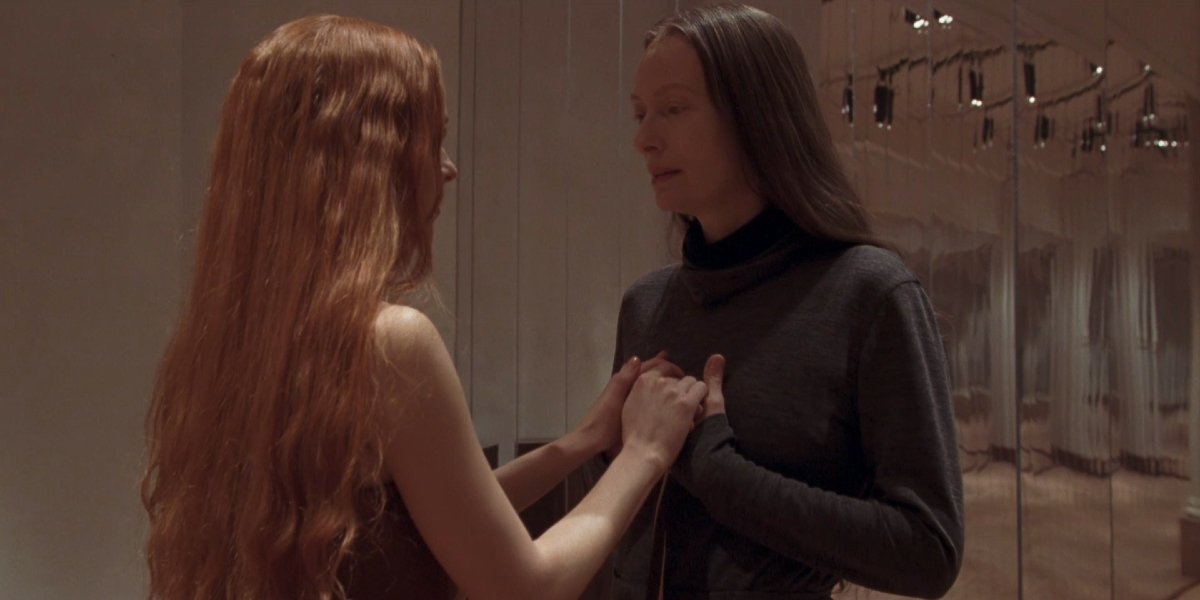
Was Susie The Mother Of Sighs All Along?
Although it is revealed in the final minutes of Suspiria that Susie is Mother Suspiriorum, also known as the Mother of Sighs, it isn't explicitly stated just how long the quiet, yet immensely talented American dancer from a conservative family of mennonites was actually the all-powerful witch, but there are are clues scattered throughout the film's first five acts. This is something that Dakota Johnson touched on in a 2018 conversation with Collider, where she revealed:
So there's all these kid of like hints that Susie's different, but she doesn't know. She just feels this pull, this magnet, this thing, to dance, and she has to go to Berlin. She has to be with Madame Blanc. It's like she was born in the wrong place. I think that's how she makes sense of it, like, 'I just don't belong here. Then I believe once she understands what is happening there is a very, very subtle moment where I think she realizes what she's meant to do. I want the audience to figure out when that is.
You could argue that Dakota Johnson is referring to the eerie bar scene in which all of the dancers and matrons are singing and having a drunken good time while Susie and Madame Blanc sit at opposite ends of the table, staring at one another with expressionless gazes. There is no fear, no anger, and no emotion whatsoever on the face of Susie, hinting that she has transformed from the mild-mannered and lost American dancer to the true leader of the coven. Prior to this, there were suggestions with Susie not knowing why she was drawn to Berlin in the first place and what she was doing there, but at this moment, it's easy to tell that she is now Mother Suspiriorum.
But even then, it still seems that while Susie knew there was something happening, the Mother Suspiriorum side of her didn't fully awaken until being exposed to the happenings of the coven and dance academy.
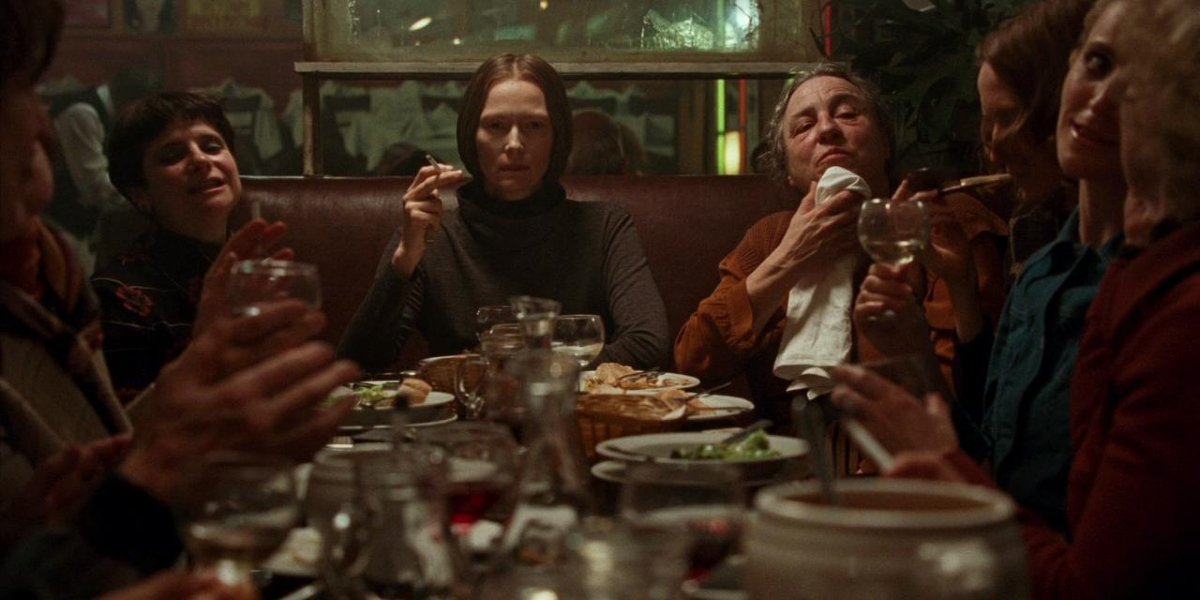
Screenwriter David Kajganich Says The Clues Were There All Along
It isn't hard to figure out that there is something more to Susie's character than meets the eye throughout the entirety of Suspiria, and that was intentional, as screenwriter David Kajganich revealed in a 2018 conversation with IndieWire, where he explained that there were clues sprinkled in throughout the story, stating:
You start to realize at some point that she's always been drawn to Berlin. She's always been heading towards Madame Blanc, and she doesn't know why. As she begins to see things at the coven, where the two detectives are stripped and toyed with, her reaction to that scene is to laugh. That's not what you're expecting. In most horror movies, the final girl will see something like that and want to run. And she doesn't, it just pulls her in more and more. She doesn't quite know why her relationship to these terrifying things isn't to want to run away.
David Kajganich would go on to reveal that there were more hints about Susie's true identity as the story goes on, noting Madame Blanc's hesitance to move forward with the final ritual after feeling that something wasn't right. Even then, the screenwriter revealed that the Susie Bannion we meet at the beginning of the movie isn't the same person we see when the credits roll.
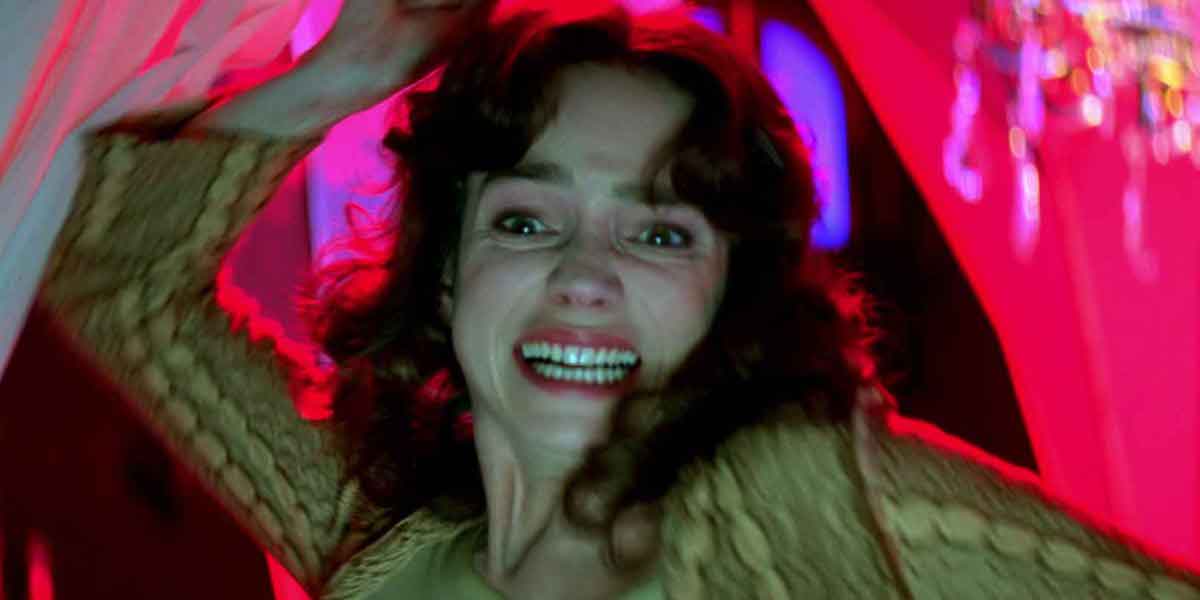
How Does The Ending Compare To The Original?
But how does the ending of Luca Guadagnino's Suspiria compare to the original by Dario Argento, at least in terms of its ending? Well, the Susie Bannion character (Suzy in the 1977 original) does end up killing Helena Markos in both versions, but the big twist about the American dancer turning out to be Mother Suspiriorum is an invention of the 2018 remake. In Argento's version, Suzy is just the "final girl" so to speak and impales the witch, killing her and causing the destruction of the entire dance academy in the process. And instead of being led by a new Mother, the members of the coven perish in the absence of the leader and Suzy escapes to safety.
Although the two versions have different endings, both possess some of the same qualities and themes in their depiction of a witches coven in the midst of a crisis. Do you like the original 1977 ending or do you feel that Susie transforming from a modest dancer to the most powerful witch of them all is a better conclusion to the story?
This poll is no longer available.

Philip grew up in Louisiana (not New Orleans) before moving to St. Louis after graduating from Louisiana State University-Shreveport. When he's not writing about movies or television, Philip can be found being chased by his three kids, telling his dogs to stop barking at the mailman, or chatting about professional wrestling to his wife. Writing gigs with school newspapers, multiple daily newspapers, and other varied job experiences led him to this point where he actually gets to write about movies, shows, wrestling, and documentaries (which is a huge win in his eyes). If the stars properly align, he will talk about For Love Of The Game being the best baseball movie of all time.



